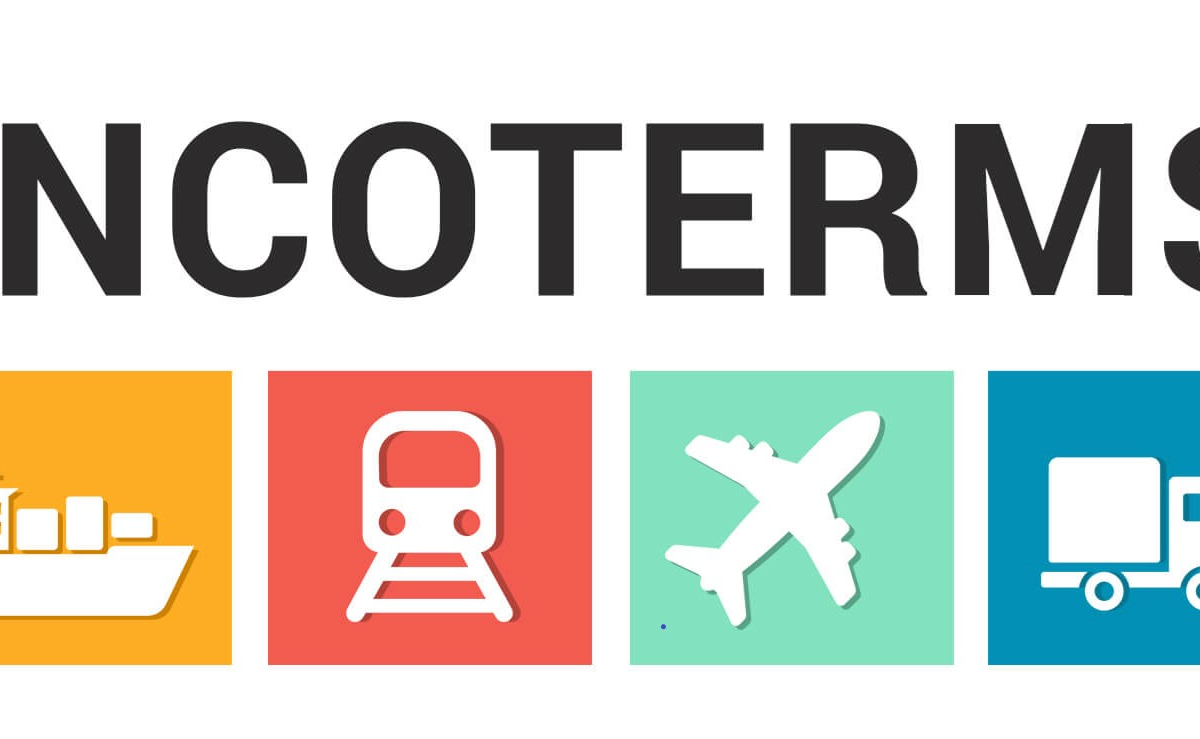
This article is written by Austin Garcia
For the first time in over two decades, Mexico has surpassed China as the leading importer of goods to the United States. Figures from the U.S. Commerce Department reveal a significant shift: the value of goods imported from Mexico to the U.S. rose by nearly 5% from 2022 to 2023, reaching over $475 billion. In stark contrast, the value of Chinese imports simultaneously dropped by 20% to $427 billion. This monumental change is largely attributed to escalating tensions between China and the U.S.. The rising adoption of nearshoring—a business strategy that relocates manufacturing operations closer to primary markets due to geographic proximity—has been a key driver. Nearshoring offers substantial benefits, including lower transportation costs and faster product delivery, facilitated by robust supply chain integration. This integration fosters collaboration among consumers and suppliers to optimize performance across all production levels.
The imposition of tariffs on Chinese imports, initiated by the Trump administration in 2018 and maintained by President Joe Biden since 2021, also played a significant role in the overall decline of Chinese goods in the U.S. market.
However, in a strategic response, many Chinese companies have established factories in Mexico. This allows them to leverage the advantages of the U.S.-Mexico-Canada Trade Agreement (USMCA). It permits duty-free trade for many products within North America. Tensions between the two global superpowers persist and nearshoring continues to prove its value. Mexico is destined for sustained growth as a critical trade partner for the U.S.
Navigate Cross-Border Trade with TradeFlex
Understanding and adapting to these dynamic trade shifts can be complex. TradeFlex offers specialized experience to help your business avoid unnecessary costs and potential pitfalls in this evolving landscape.
Discover how we can assist you by asking Lula on our website: https://www.trade-flex.com/.



